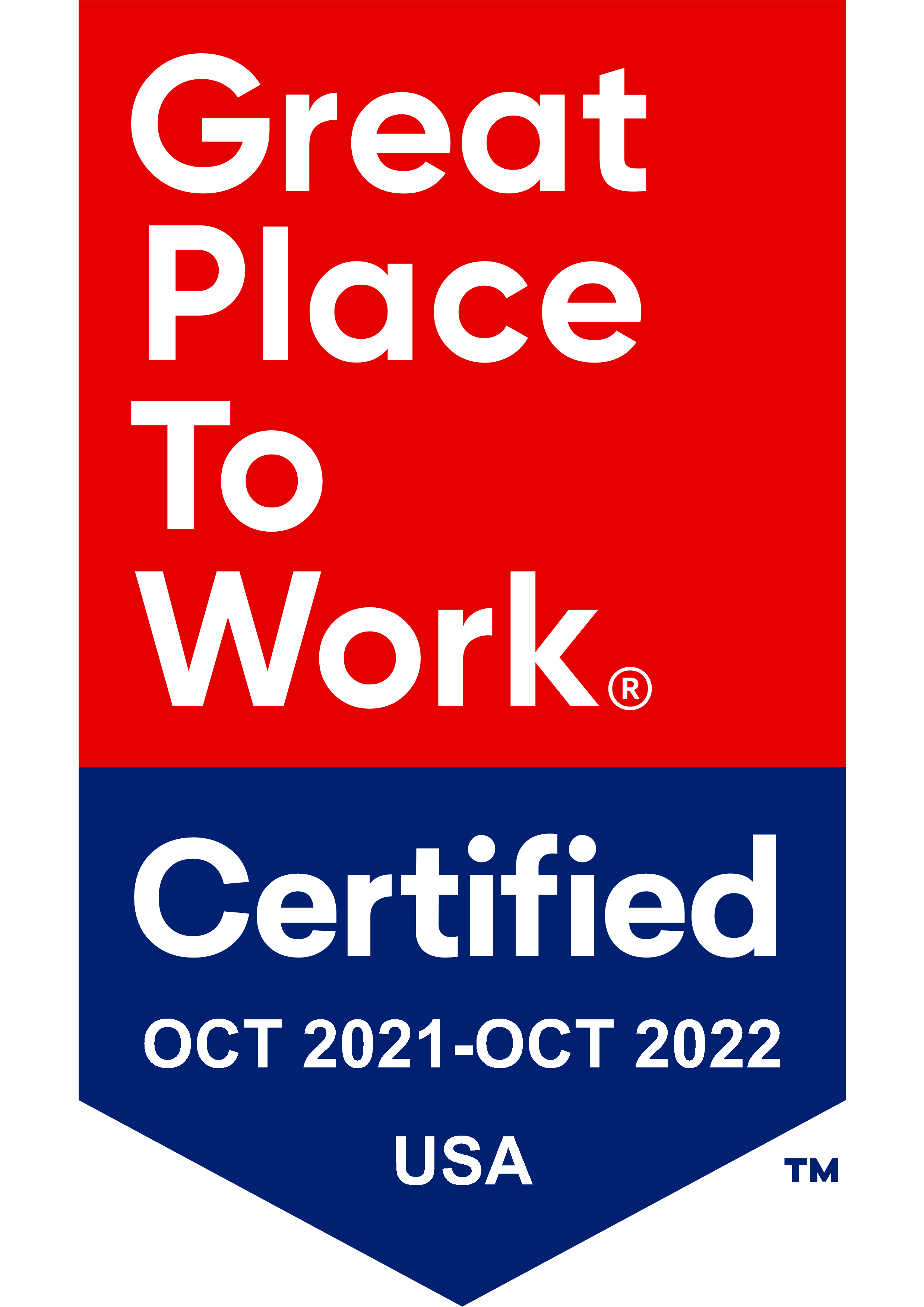In firms of every size, by the very fabric of humanity, there will always be detail-oriented people and others who describe themselves as “big-picture” people.
That means there will be inherent conflict between these two types of people. But it also means that, with the right perspective, they can work together to create an incredibly successful organization.
In this mini-series, we’ll ask, and do our best to answer the question: how can we help big-picture thinkers and detail-oriented thinkers work together like a well-oiled machine?
Today, we’ll tackle part 1.
Part 1 – Understanding each other’s value proposition
Most people who describe themselves as “big-picture people” will tell you they struggled in school or even within their own families.
Why? Because they were constantly chided for being procrastinators, never finishing what they started, always creating emergencies (not being thoughtful of others), having a lack of focus… you get the idea.
Generally speaking, schooling is designed to reward finishing work (starting it doesn't get you points), and producing detailed work (“show your work”). It can be difficult for a big-picture person to thrive in this type of environment when she feels like a fish out of water – one could see where a student like this would feel like she doesn't belong, because she’s not like any of her peers.
Basically, they've often been berated throughout their lives, and some, unfortunately, may have even come to feel they have some sort of “deficiency,” when there could be nothing further from the truth! Big-picture people tend to be strategic thinkers. They are typically creative and filled with great ideas. They are often the visionary behind a successful organization or the motivator that leads an efficient team.
On the flip side, to big-picture people, by virtue of having an idea, everything else feels like just an implementation detail. This mindset, to a detail-oriented person, can make them feel undervalued or under-appreciated.
If a big-picture person has an idea, it seems so simple to them – just execute! While they may think they know, big-picture people are often not really aware of (and in many cases, are clueless as to) what it takes to execute an idea well. At the point of the hand-off, the big-picture person thinks their work is done, and they are ready to move on to their next great idea. Really! How overwhelming could that be to the person on the receiving end of all that boundless energy? It reminds me of the “I Love Lucy” episode where Lucy couldn't wrap the candy coming down the conveyor belt fast enough – talk about stress.
Detail-oriented people have such amazing qualities. They make sure work not only gets completed, but completed correctly and on a timely basis.
Detail-oriented people take great pride in their work, and often describe themselves as having “perfectionist” tendencies. Making something only “good enough” can cause a good bit of stress for them (more on this in a coming post) – that’s just not who they are. In other words, as stressful as it would be for a big-picture person to follow a process thoroughly, it can be just as stressful for a detail-oriented person to “just make it up” as they go along.
This is the perfect storm for creating conflict.
The first step in overcoming this conflict is to recognize that big-picture people do not have a deficiency. While they may not have the “organizing chromosome,” it doesn't mean they are missing something. They excel at kick-starting. They excel at innovation. Celebrate who they are, not who they aren't.
Some big-picture people struggle to appreciate detail-oriented people fully, because for many, it reminds them of who they are not, and who they think their co-workers think they should be able to become (wow, that’s really meta). They may even feel judged. So, big-picture people, get over it! Embrace who you are, and appreciate the people who help make your great ideas come to life. You are not intended to do or be both. That would be serving two masters.
That being said, having an idea without amazing execution is like having a financial plan without implementing a single recommendation - practically useless. That doesn't mean you are useless or the idea is useless. It just means a team approach is needed to achieve amazing results for your great idea.
So how can we get these two types of team members executing together happily?
The next step, if it isn't painfully aware yet, is to celebrate the strengths. There are no weaknesses or deficiencies. We are all but a dot on a very wide continuum of attributes. If I, as a big-picture thinker, am low on follow-through, there is no judgment there, because I rate very high on kick-starting new ideas and projects. That’s just where I am. Does it mean I need to strive to increase my ability to follow through? No. Does it mean I have to change who I am? Sorry, but no again. The goal isn't to change our inherent nature, but to change our collaboration strategies.
If you are with me on embracing your strengths and those of your counterpart, then you are ready for some boots-on-the-ground strategies for working together cohesively.
Next up in the series, we’ll look at some common scenarios that create conflict, and strategies that help you handle them more successfully.




